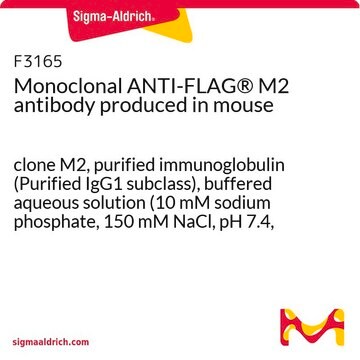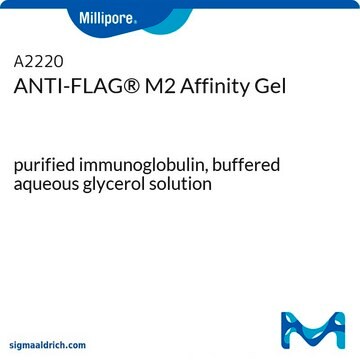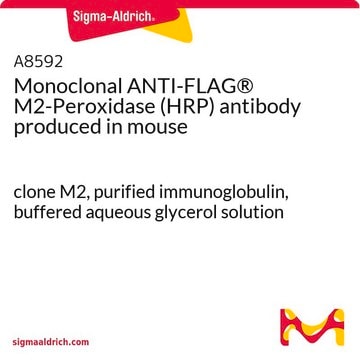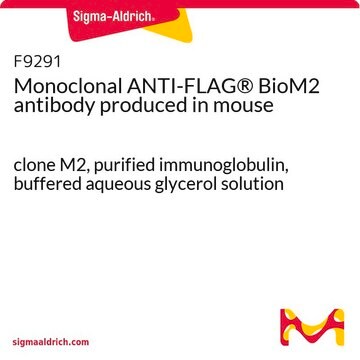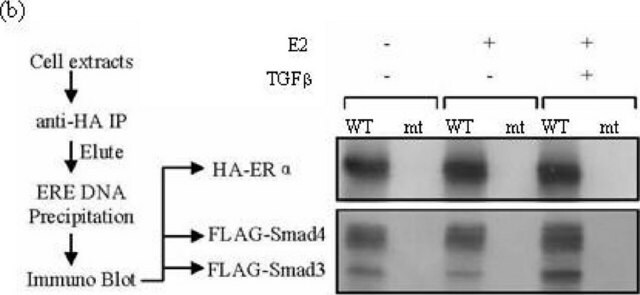This product has been recommended for use in immunofluorescence and indirect immunofluorescence at 5-10 μg/mL using 293T cells transfected with a plasmid encoding FLAG-JNK. It has not been tested for use in IHC applications. The end-user will need to optimize the assay. Please see the link below to review the product datasheet:
https://www.sigmaaldrich.com/deepweb/assets/sigmaaldrich/product/documents/207/353/f7425dat-ms.pdf
In general, antibodies work well on 5-15 uM sections, for 30 uM sections, blocking /permeabilization steps and antibody dilution, the incubation time will need to be optimized by end user. Please see the links below to review an alternative anti-Flag antibody that may be more suitable for this application. Note that this product is a mouse monoclonal antibody:
https://www.sigmaaldrich.com/deepweb/assets/sigmaaldrich/product/documents/175/747/f1804bul-ms.pdf
https://www.sigmaaldrich.com/product/sigma/f1804

